ABU DHABI – Faced with mounting pressure over planet-heating pollution, Gulf Arab energy giants are turning to humble tech start-ups as they search for ways to remove emissions while keeping oil flowing.
Oil producers have for years touted capturing carbon before it goes into the atmosphere as a potential global warming solution, against criticism from climate experts who say it risks distracting from the urgent goal of slashing fossil fuel pollution.
With little investment and few projects in operation around the world so far, the technology is currently nowhere near the scale needed to make a difference to global emissions.
Now, major players from Saudi Aramco to the United Arab Emirates’ state oil and gas firm Abu Dhabi National Oil Company (Adnoc) say that is about to change, as the UAE hosts climate negotiations this year with a message of cutting emissions rather than fossil fuels.
“For the industry and for countries as well to achieve net zero by 2050, I don’t see us achieving this without embracing carbon capture,” Mr Musabbeh Al Kaabi, Adnoc’s executive director of low-carbon solutions, told Agence France-Presse.
“I would love to see more wind and solar energy, but to be practical and transparent, it’s not going to solve the problem.”
Carbon capture was a hot topic at a recent climate tech conference in Abu Dhabi, UAE’s capital.
Start-ups displayed their advances in carbon capture and storage (CCS), which removes carbon dioxide (CO2) as it is pumped from power plants and heavy industry.
There were also companies presenting their plans for direct air capture, a newer technology that extracts CO2 directly from the atmosphere.
The United Nation’s Intergovernmental Panel on Climate Change (IPCC) says the existing fossil fuel infrastructure – without the use of carbon capture – will push the world beyond the Paris deal’s safer global warming limit of 1.5 deg C above pre-industrial levels.
Industrial smokestacks
The debate between whether to primarily target fossil fuels or emissions is shaping as a key battleground at the COP28 climate talks, which will be held in UAE financial hub Dubai.
Citing the IPCC, the COP28 president-designate, Sultan Ahmed Al Jaber – Adnoc’s chief executive and his country’s climate envoy – last week said it was time to “get serious about carbon capture”.
But environmentalists are sceptical about the central role that big energy companies are seeking in climate solutions, saying they have a vested interest in maintaining fossil fuel sales.
Greenpeace Mena (Middle East and North Africa) programme director Julien Jreissati labelled it a “distraction”.
Adnoc’s Mr Kaabi, however, argued that the oil giant’s engineering capabilities and deep pockets make them best placed to propel climate tech.
“The world has two options: We could leave it to the small players or have the big players accelerating this decarbonisation,” Mr Kaabi said.
In 2016, Adnoc launched the region’s first commercial-scale CCS project, Al Reyadah, which has the capacity to capture 800,000 tonnes of CO2 per year.
Globally, there are only around 35 commercial facilities using carbon capture utilisation and storage globally, according to the International Energy Agency, which says even those planned until 2030 would capture only a fraction of the emissions needed.
‘We need to move quicker’
The entrepreneurs at the UAE conference included Omani company 44.01, a winner of Britain’s Earthshot Prize for its technology that permanently removes CO2 from the air by mineralising it in peridotite rock.
“Climate change is an urgent challenge and for us to be able to tackle that challenge we need to move quicker,” said 44.01 CEO Talal Hasan.
“The oil and gas partnerships help us move quickly,” he told AFP.
Mr Hasan’s 44.01 has partnered Adnoc to develop a carbon capture and mineralisation site in Fujairah, one of the UAE’s seven emirates – the first such project by an energy company in the Middle East.
“In one tonne of peridotite, you could probably mineralise 500 to 600 kilograms of CO2… this means that with the rocks just in this region, you could potentially mineralise trillions of tons,” he said.
For Mr Hasan, energy companies are good partners because “we use a lot of the same equipment, infrastructure, people and resources”.
“That will help us accelerate scaling,” he said, arguing that the speed of execution is “very important”.
State-owned Saudi Aramco, one of the world’s richest companies, has invested in Carbon Clean, a British-based company that has developed compact technology that captures carbon from industrial smokestacks.
The company, which has 49 sites around the world, will deploy its latest technology in the UAE this year – its first project in the Middle East.
When asked about the logic of working with big oil, Carbon Clean CEO Aniruddha Sharma said: “If I were a fireman and there was a fire – a big fire and a small fire – where would I go first? Obviously, the big fire.” AFP

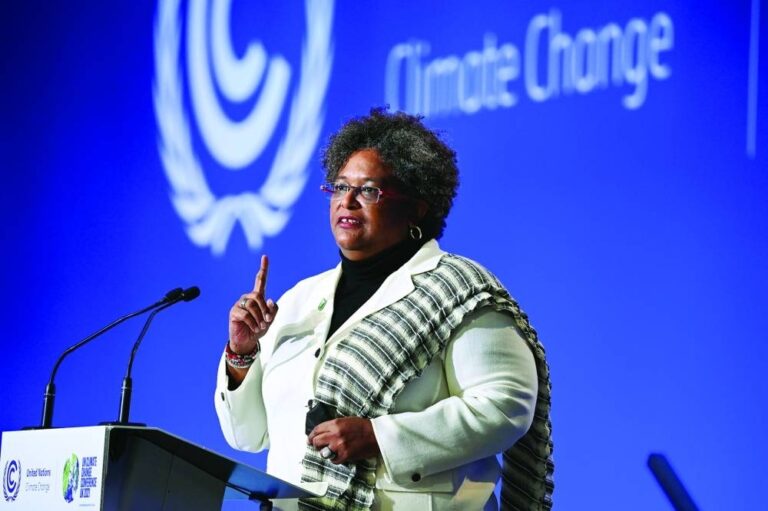


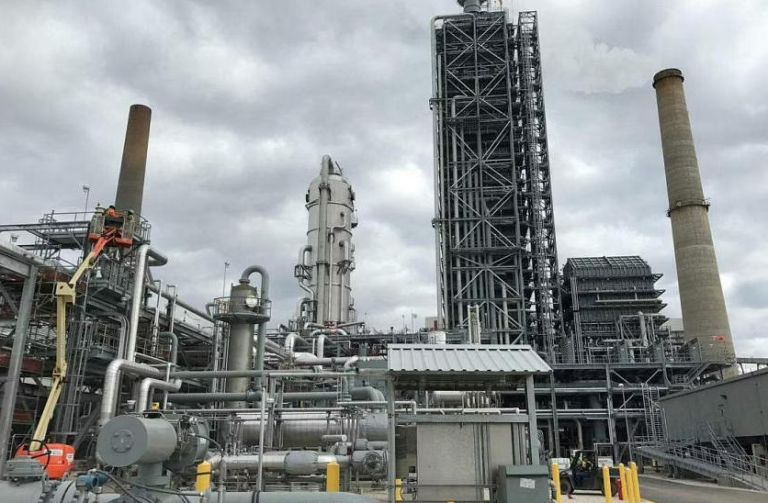
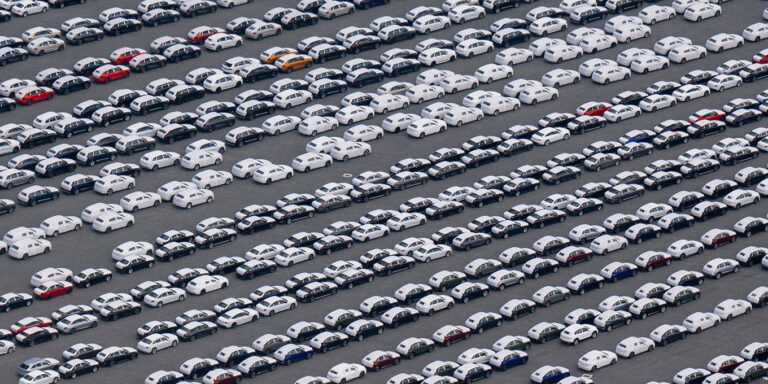

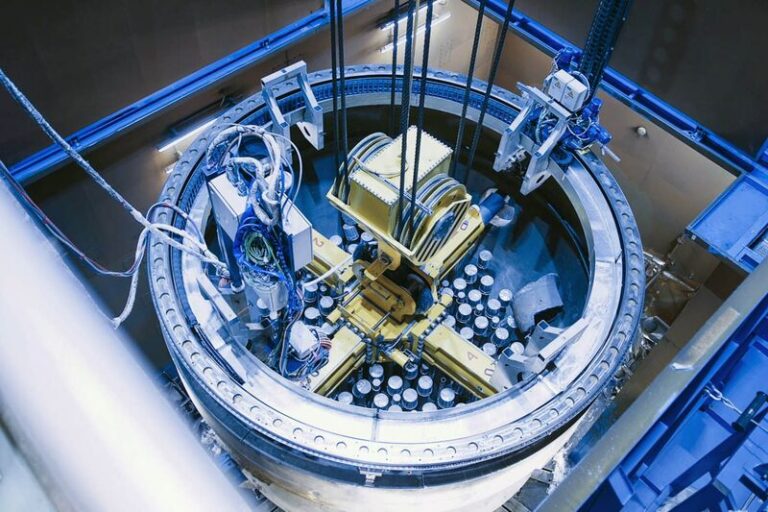
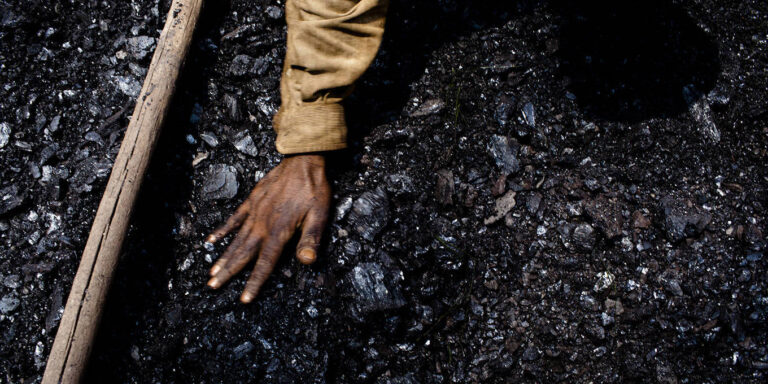
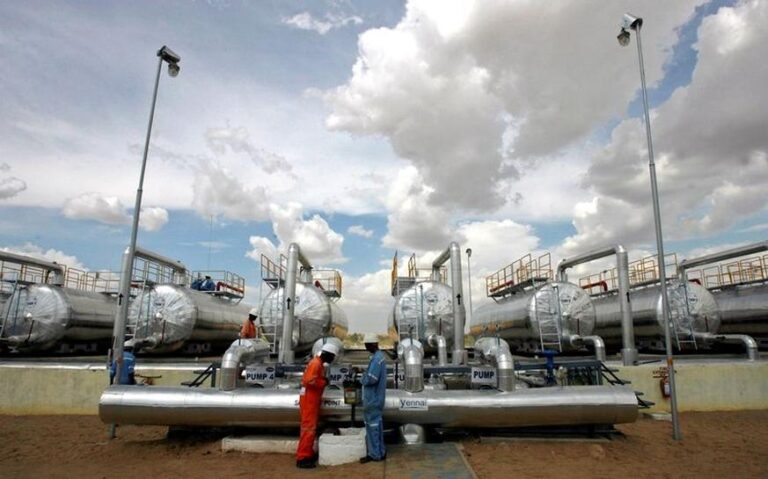
NEW HAVEN – Now that the falsehoods and obfuscation of climate denialism have finally been silenced, addressing climate change has become the world’s top priority. But time is running out, and the International Monetary Fund warns that any further delays on implementing policies to mitigate global warming will only add to the economic cost of the transition to a low-emissions economy. Worse, we still lack a concrete, pragmatic strategy for tackling the problem. Although economists have made a robust case for why carbon taxes are the best solution, this option has proven politically infeasible, at least in those countries that account for some of the highest emissions (namely, the United States).
Commentators have also stressed that climate change is a shared problem involving important cross-border externalities that must be addressed through a multilateral approach to global coordination. But, as with carbon taxes, this argument has fallen on deaf ears. And, given the current geopolitical climate and the increasing fragmentation of the global economy, there is little hope that the message will get through anytime soon.
Having committed to assisting developing economies as they confront climate change, the World Bank finds itself limited by the country-based model underlying its financing operations. It is earnestly weighing its options and considering how it could coordinate climate-related financing across borders. But while such efforts are well meaning and consistent with the spirit of multilateralism, they inevitably will delay concrete action. World Bank financing would have to be completely restructured, and coordinating action across multiple countries that have limited financial resources and often conflicting interests seems an impossible task. For example, while some developing economies are rich in fossil fuels, others are starved for energy sources.
Given these limitations, pragmatism dictates focusing on the biggest polluters. Global carbon dioxide emissions are concentrated among only a handful of countries and regions. China, the US, the European Union, Japan, and Russia collectively account for 63% of the total, and none of these top polluters is a low-income country anymore. China, the poorest of the group, represents around 30% of all emissions, making it by far the world’s largest current polluter in absolute terms. But its government is taking steps to accelerate the transition to green energy – a winning strategy, given the country’s abundance of rare earth metals.
India, the third-largest emitter, currently accounts for approximately 7% of global CO2 emissions, and its size and growth trajectory imply that it could easily surpass China as the leading polluter, barring stronger climate policies. In fact, when it comes to helping developing countries decarbonize, considerable progress could be made simply by targeting India alone. The big advantage of this strategy is that it would avoid the paralysis associated with attempts to adopt a multilateral approach in an increasingly fragmented world.
This does not mean that we should eschew projects aimed at climate mitigation or adaptation in other countries. But we would not need to wait until everyone is on board before doing anything. Those insisting on a multilateral approach should learn from the experience of the ultimate multilateral institution: the World Trade Organization. Its requirement that every single provision in every multilateral agreement gain unanimous support has left it increasingly paralyzed, prompting demands for institutional reform.
Of course, India is not low-hanging fruit. It is rich in coal and has little incentive (beyond the health of its citizens) to hasten the transition to green energy. In focusing on India, we would need to employ the carrot, not the stick.
Since the stick generally takes the form of pressure to implement carbon taxation, it is a non-starter. A tax would be ineffective, because it would incite massive domestic opposition (as has been the case in the US). It would also be morally objectionable, because it is unfair to ask a lower-middle-income country to bear the burden of reducing CO2 emissions when rich countries (like the US) have failed to do the same. Moreover, even if China and India are now two of the world’s biggest polluters, they bear little responsibility for the past, cumulative emissions that led to the current climate crisis.
That leaves the carrot, which would come in the form of tax incentives or subsidies to support green energy. When paired with other policies, these can ease firms into adapting to higher environmental standards (such as those associated with a cap-and-trade program). But such policies are expensive, which means that tackling climate change will require richer countries to help finance them. Whether or not India becomes the new China, it is still in our power to ensure that it does not become the new outsize polluter.
https://www.project-syndicate.org/commentary/climate-change-prioritize-top-emitters-over-multilateralism-by-pinelopi-koujianou-goldberg-2023-05